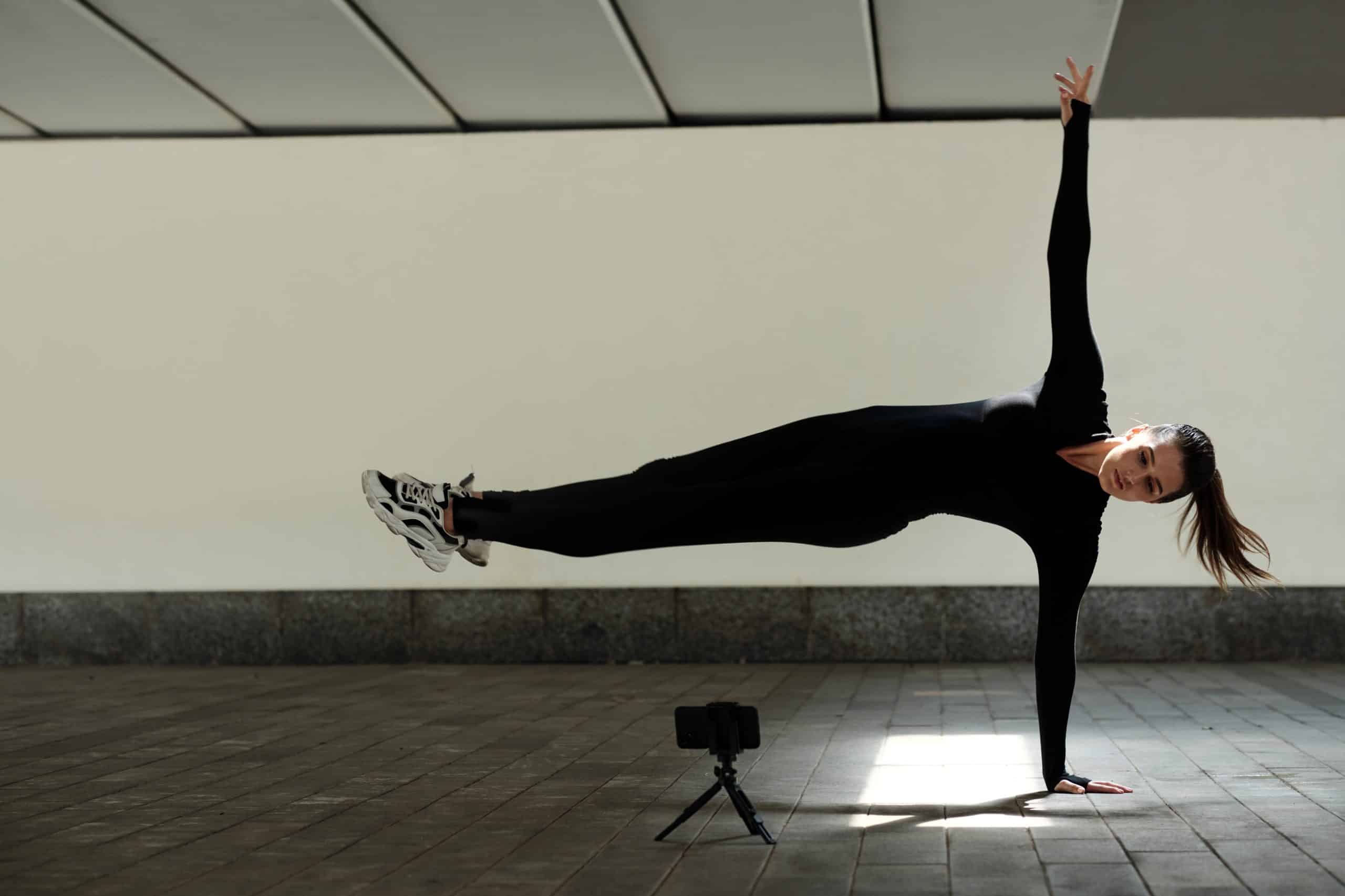How Can Diversified Training Approaches Benefit Triathletes’ Overall Performance?

As triathletes, you are faced with the challenging task of mastering three distinct sports disciplines – running, cycling, and swimming. Excelling in any one of these requires dedication, discipline, and rigorous training. But when all three are combined in the punishing crucible of a triathlon event, it demands an entirely different level of mental resilience and physical prowess. This is where a diversified training approach comes into play. It is designed to provide you with a comprehensive fitness routine that targets all the essential components of endurance, strength, and speed required for a triathlon. In this article, we will delve into the ways diversified training methodologies can significantly uplift a triathlete’s overall performance.
Designing a Diversified Training Program
When embarking on a journey to become a triathlete, it’s crucial to have a well-rounded, multi-faceted training program. You wouldn’t want to excel in running only to struggle in cycling and swimming. Being a ‘scholar in training’ involves researching the best methods to balance your training across all disciplines. Whether you’re using Google, PubMed, or Crossref, there are plenty of resources available to assist you.
A découvrir également : Join the thriving pick-up soccer scene in los angeles
A diversified training program involves a combination of endurance workouts and strength training, each designed to target different muscle groups and energy systems. It also includes speed workouts to improve your pace and time. Scheduling your training program with a variety of workouts not only helps you build comprehensive fitness but also keeps your training interesting and stimulating.
You may wonder why there’s a need to diversify your training when you could be focusing on sport-specific workouts. This takes us to the next section.
En parallèle : Can Mindful Meditation Reduce Burnout in Elite Coaches?
The Role of Cross-Training in Triathlon Performance
Cross-training is a vital component of a diversified training approach. It refers to training in disciplines other than the ones you compete in. This is particularly beneficial for triathletes since your sport involves multiple disciplines.
Cross-training helps to improve your overall athletic performance by building strength and endurance in muscles that aren’t necessarily used in your primary sports. For instance, incorporating strength training into your routine can enhance cycling and running performance by improving your power output.
Furthermore, cross-training can be an effective way of preventing injuries. By targeting different muscle groups, you can avoid the overuse of certain muscles, which is a common cause of injuries in athletes.
With so many benefits, it’s clear that incorporating cross-training into your regimen can significantly improve your triathlon performance.
The Impact of Coaching on Performance
While self-training has its merits, having a coach to guide you through your training can make a significant difference in your triathlon performance. A good coach will help you design a diversified training program that’s specifically tailored to your strengths, weaknesses, and goals.
Coaches also play a crucial role in keeping you motivated and accountable. They are there to push you beyond your comfort zone and help you reach new heights in your performance. This is particularly important in a sport like triathlon, where the training can get monotonous due to the repetition of the same exercises.
Moreover, a coach’s expertise in sports science and training methodologies can help you avoid common training mistakes that could lead to injuries or hinder your progress. So, don’t underestimate the value of having an experienced coach by your side.
The Influence of Time Management on Training and Performance
Time is a vital aspect you need to take into account in your training. Proper time management can significantly improve the quality of your training and consequently, your performance in the triathlon.
Balancing time between the three sports can be challenging, especially if you have a favorite discipline or one that you find particularly challenging. Here, a diversified approach to training can help you allocate appropriate time to each discipline, ensuring you don’t neglect any area.
Furthermore, managing your training time can also help you avoid overtraining – a common pitfall for many driven athletes. Make sure you incorporate adequate rest periods into your schedule. Remember, rest is just as important as training in your journey to becoming a successful triathlete.
The Power of Perseverance in Triathlon Training
Lastly, but most importantly, perseverance is key in triathlon training. The journey to becoming a successful triathlete is a long and strenuous one. There will be days when you will question your decision to take up this challenging sport. However, this is where the real test lies.
A diversified training approach requires commitment and a willingness to step out of your comfort zone. You need to embrace the challenge and trust in the process. The results won’t come overnight. But remember, each training session, no matter how tough, brings you one step closer to your goal.
Triathlon is a sport that tests your mental strength just as much as your physical capabilities. So, even on days when your body wants to quit, it’s your mental resilience that will keep you going.
Remember, as triathletes, you’re not just training your body. You’re training your will. Your determination. Your grit. And that’s what truly defines a triathlete.
Incorporating High-intensity Workouts to Maximize Physiological Performance
An essential part of a diversified training approach, high-intensity workouts can be a game-changer for triathletes looking to optimize their physiological performance. High-intensity interval training (HIIT) involves short bursts of maximum effort exercise interspersed with recovery periods. This type of training can significantly increase your heart rate, VO2 max – the maximum amount of oxygen your body can utilize during intense exercise, and overall cardiorespiratory fitness.
Training at a high intensity can also boost your speed and power output in cycling, running, and swimming. While these workouts can be challenging, they are incredibly effective in improving your overall athletic performance. You can use various tools like Google Scholar, Crossref, and PubMed to find research supporting the benefits of high-intensity workouts for triathletes.
Incorporating HIIT into your training program can also help to increase your training load without significantly increasing the time spent training. This is particularly beneficial for athletes with time constraints. Remember, high intensity does not mean high risk. Always ensure you’re performing these workouts with correct form and technique to avoid injuries.
Monitoring Training Intensity to Enhance Long-distance Performance
Training intensity is a crucial aspect of a triathlete’s training program. It refers to how hard you’re pushing yourself during a workout, usually measured by heart rate. Monitoring training intensity allows you to ensure you’re training at the right level to achieve your performance goals.
For instance, to improve long-distance performance, triathletes need to focus on endurance training, which typically involves lower intensity, longer duration workouts. On the other hand, to boost speed and power, higher intensity workouts are necessary.
Using tools such as heart rate monitors can help you track your training intensity effectively. By correlating your perceived exertion with your heart rate, you can ensure you’re not undertraining or overtraining. Overtraining can lead to a decline in performance and increased risk of injury, while undertraining may not give you the desired results.
Balancing your training intensity is essential. While you need high-intensity workouts to boost your speed and power, don’t neglect the importance of low-intensity, endurance workouts for improving your long-distance performance.
In Conclusion: The Power of Diversified Training in Triathlon
In the demanding sport of triathlon, a diversified training approach can significantly enhance an athlete’s overall performance. By incorporating elements of endurance, strength, and speed training, you can build comprehensive fitness that prepares you for the rigors of the sport.
Cross-training, high-intensity workouts, and a keen focus on training intensity all contribute to making you a well-rounded triathlete. The guidance of a seasoned coach and the effective management of your training time can further amplify your performance. And through it all, perseverance remains the cornerstone of success.
In the end, remember, being a triathlete is not just about physical strength. It’s about mental resilience and the will to keep pushing forward, regardless of the obstacles. With a diversified training approach, you’re not just training your body; you’re sculpting your character, nurturing your determination, and refining your grit. And that, in essence, is the true spirit of a triathlete.
